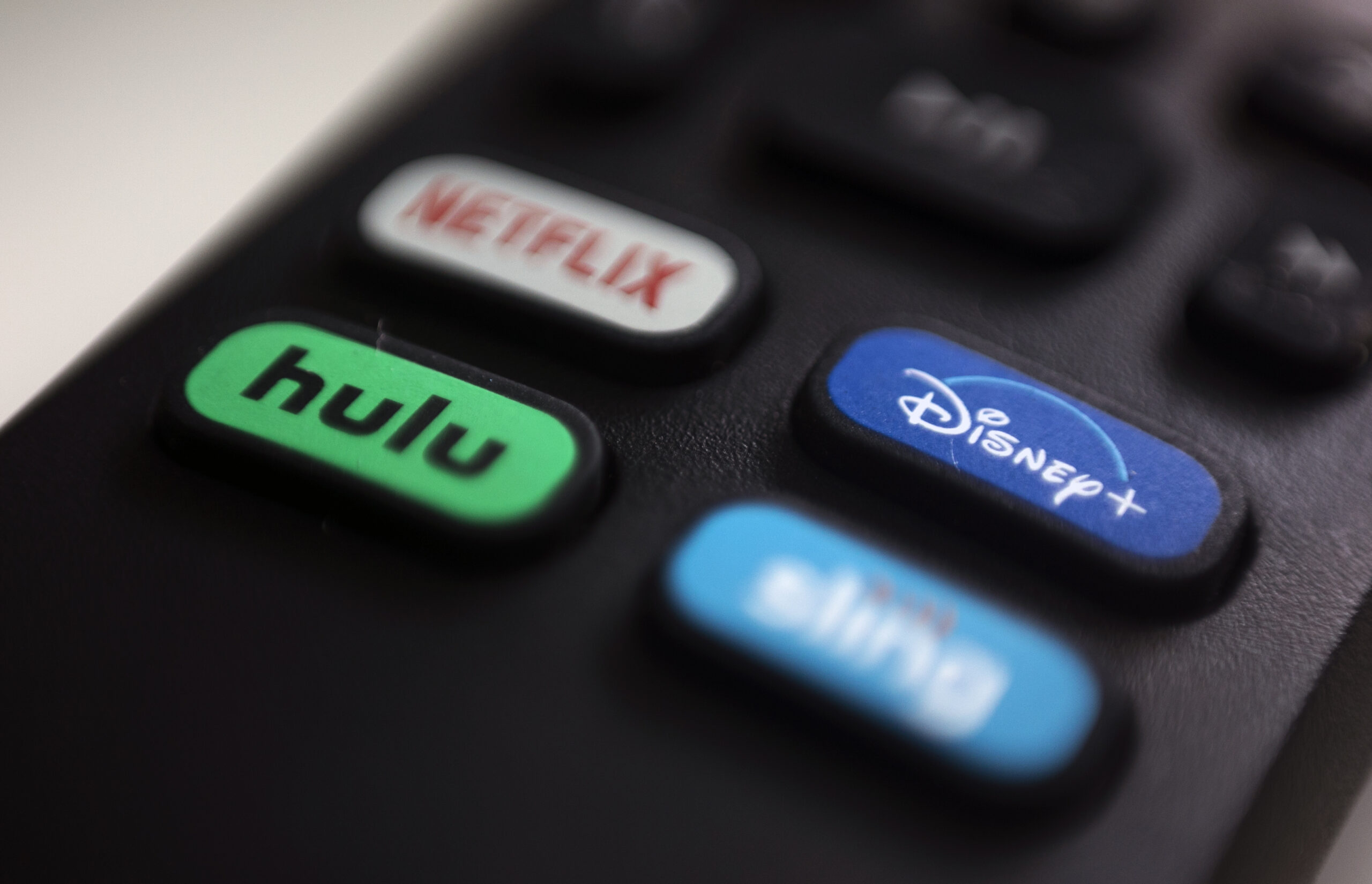
AP Photo/Jenny Kane
Contrary to popular belief, the entertainment industry and news business face a remarkably similar problem, and the streaming platforms will start to grapple with it this year: Consumers cannot subscribe to everything.
People will seek out content, be it video or other experiences, but there is only so much attention to dispense, so many hours in the day and so much willingness to create permanent customer relationships. Subscriptions, unless modestly priced, quickly annoy.
Consider the TV evolution, and how it has tracked with human psychology: Once there were a few TV channels, even in the United States. By the 1980s there were hundreds, distributed by cable in single bundled subscriptions – the first proof of concept for payments. But in each region, you only had to get one of these to get all the channels.
Then came premium channels like HBO and Showtime, which you paid a little extra and received via cable; not many paid for more than one of those.
Fast forward to 2023, and most quality scripted content is on streaming platforms. This is the result of the spectacular success of Netflix’s decade-old bet that TV series – starting with the American version of Britain’s House of Cards – could be streamed online, with entire seasons made available for instant binging. It traded the proposition that content draws audiences to sell ads for one where content sells subscriptions.
It is easy to forget how odd it sounded back then, this abandonment of appointment TV. But like the smartphone, streaming either tapped into a hidden monster of human psychology, or – Frankenstein-like – created one. These days, the idea of waiting for content to be broadcast at particular times (or recording only then for viewing later) seems absurd.
But the success was also based on the idea that there was (by and large) one Netflix. And that’s falling apart: So widely was this model imitated that the streaming services start to conceptually resemble the old premium TV channels.
Audiences seeking White Lotus must sign up for HBO (on cable or streaming). Ted Lasso and Bad Sisters require a subscription to Apple TV. To enjoy the Star Wars franchise one must shell out for Disney+. As for the latest Knives Out mystery movie, that’s only on Netflix, along with Emily in Paris and Dead to Me.
And how’s that working out?
Netflix is still profitable – its most recently available 12-month net income figure was over $5 billion – but is losing subscribers; its stock has plummeted to less than half its value at the start of 2022. This is causing the streamer to reportedly consider ad-supported options and crackdowns on password-sharing, neither of which will breed popularity.
Meanwhile, its competitors are all thought to be losing money even as they gain market share. Disney’s direct-to-consumer division, which also includes Hulu and ESPN+, last month reported a quarterly operating loss of nearly $1.5 billion.
Consumers are feeling bristly, and it is not a pretty picture.
Which brings us to the journalism comparison. Around 25 years ago, news organizations began putting much and even most content online for free, thinking it no more than a storefront window for selling print.
Soon most news consumption had shifted online, but people grew accustomed to not paying for it even as print sales plummeted. All over the world, newsrooms were eviscerated and publications have shut down. The revenues of the Associated Press fell by half in real terms over a decade.
Initially, online media turned to advertising as its main source of revenue. But ads are fickle.
For one thing, the spying that targeting required invited regulatory interference, especially from the European Union, which hosts enough of the world’s traffic and servers to wage effective war on the “cookies” that follow us around online. Ad tech companies are now scrambling to adjust. For another, advertising is drawn to the scale of social media and search; Facebook and Google make more in ad revenue than the top 10 media firms combined.
So paywalls are becoming ubiquitous. But journalism – educated professionals making hard-to-replicate efforts – is expensive (though AI experiments may soon provide some more efficiency). A recent study in seven key countries showed the average news paywall comes to $200 per year.
This creates a situation analogous to that of the streaming channels: Consumers want a date with a piece of content; they are asked to marry into the publication or platform.
There are multiple startups trying to address the question of how to bundle and efficiently market and deliver journalism. Some models may involve paying for individual items. Others are trying to tempt publishers into being part of sliced-and-diced bundles.
The music industry has handled its own streaming challenge interestingly: content is generally not exclusive to one platform. Problems still abound – Spotify and Apple Music are something of a duopoly and unknown artists complain of a raw deal. But the consumer is not asked to subscribe to one service to hear the Beatles and another for the Rolling Stones. The platforms have the same content, but somewhat different user experiences (and branding). There may be lessons in that.
Into this unstable landscape marches the surprisingly unremarked revolution in connected, smart TVs, essentially running off the internet and acting as a computer.
Not long ago TVs were passive devices receiving and presenting video. Now they’re online information and entertainment centers, even if controlled by a remote and not a keyboard or touchscreen. Increasingly, what will matter will be the operating systems they come with – and what content services and other experiences they’re running.
Connected TVs are showing a compound annual growth in sales of 15% even as prices are going down; the market last year was valued at almost $13 billion; Asia-Pacific has led this revolution and the industry is making a big push now in the United States.
Changing content patterns always attached to tech innovations, from the development of the printing press to the flickering moving pictures. But as Moore’s Law marches on, today’s drama is of another level: cloud-based data for storing all culture; artificial intelligence to anticipate everyone’s preferences; metaverse applications for shared experiences.
Where all this goes will affect how billions of people understand civilization. New fortunes will be made. If we’re lucky, human society will be enhanced and not diminished.
***
Dan Perry is Managing Partner of the Thunder11 communications firm, whose specializations include tech and healthcare. He was the top editor for the Associated Press in Europe, Africa and the Middle East. In the 1980s, he was among the first to develop and market multilingual words processors for personal computers.
This is an opinion piece. The views expressed in this article are those of just the author.






